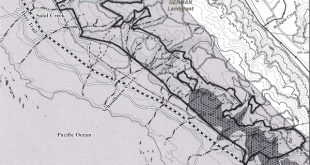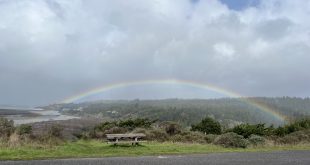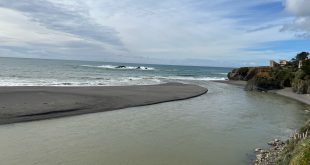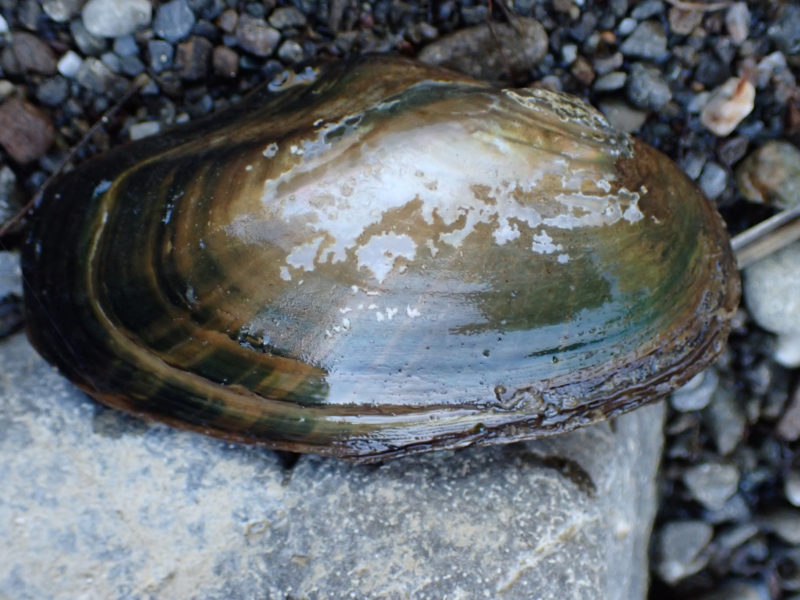
A live freshwater mussel was spotted in the Gualala River this month (March, 2022). Their shells have been seen in the river in some years, but only occasionally. This time a live one was found with its foot out, stranded in a pool off-channel.
It’s a floater mussel, genus Anodonta. Species in flux right now – named species are A. californiensis and A. nuttalliana, but they aren’t distinct. The larvae spend time hitching rides on fish. Freshwater mussels are in decline in California, and the Pacific Coast.
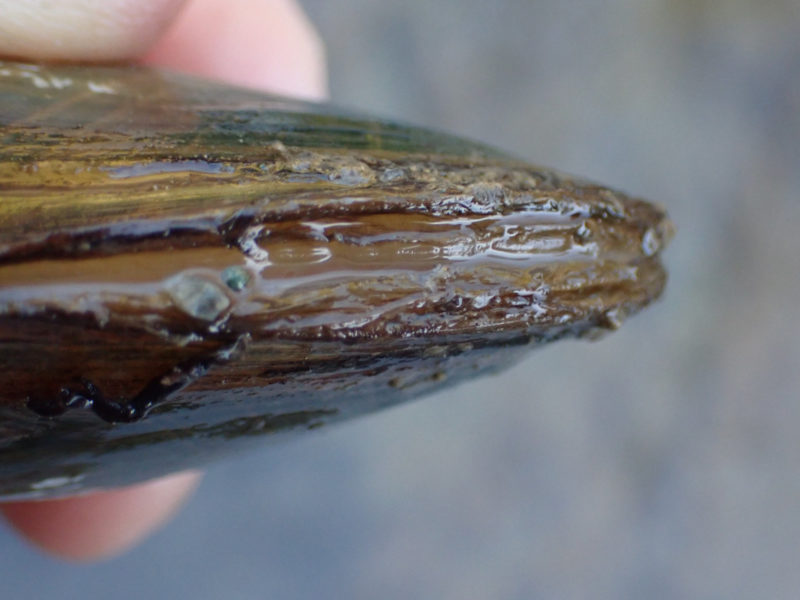
“California floater freshwater mussels are threatened by loss of host fish and other anthropogenic impacts, including channel modifications, dredging and mining, contamination, sedimentation, nutrient enrichment, water withdrawal and diversion, poorly-managed livestock grazing in riparian areas, and the introduction of non-native fish and invertebrate species.”
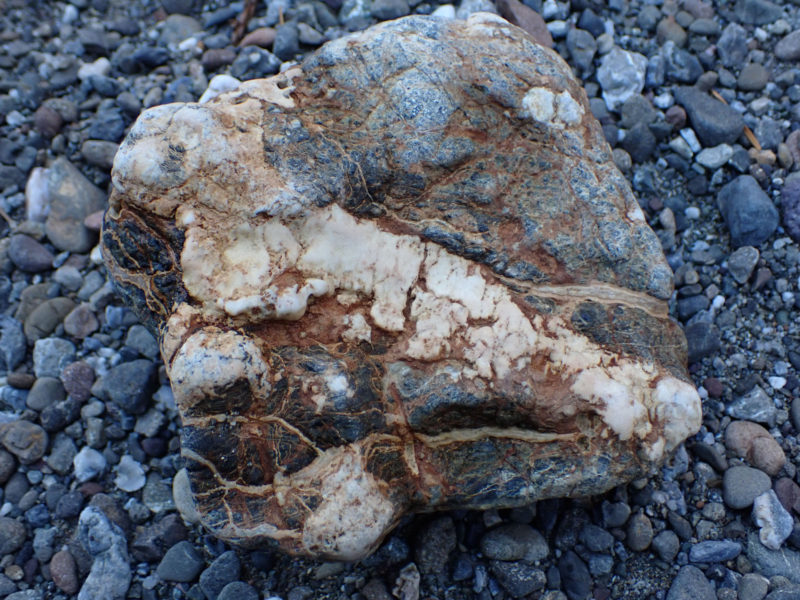
The other find was a rock, the ancestral Pomo equivalent of gold in the river. It’s a vein of magnesite embedded in serpentinite. Magnesite is a porcelain-like mineral made of magnesium carbonate, similar to limestone (calcium carbonate), which is an uncommon rock type in the river cobbles, but not rare.

Magnesite was traditionally made into beads used as money, after heating it to change the color to reddish.
 Friends of Gualala River Protecting the Gualala River watershed and the species living within it
Friends of Gualala River Protecting the Gualala River watershed and the species living within it
